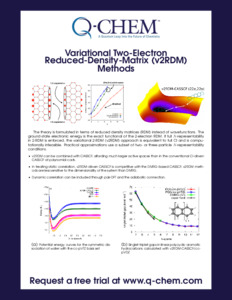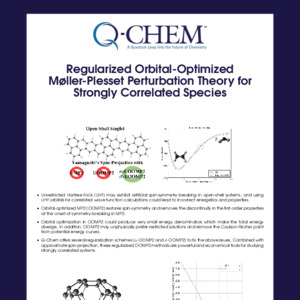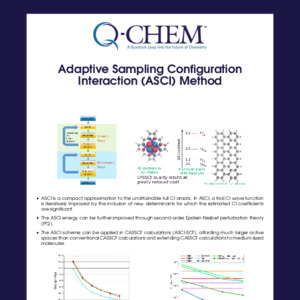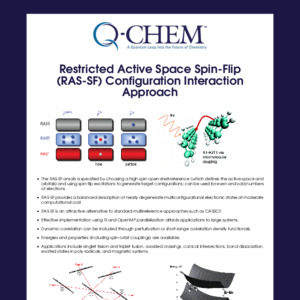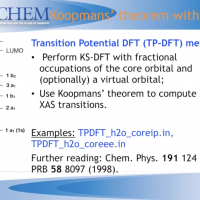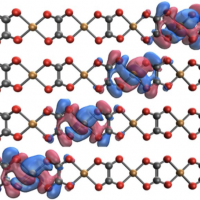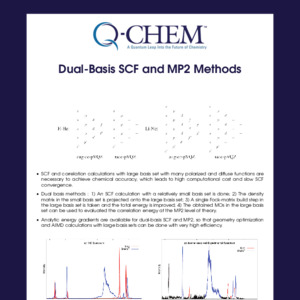Variational Two-Electron Reduced-Density-Matrix (v2RDM) Methods
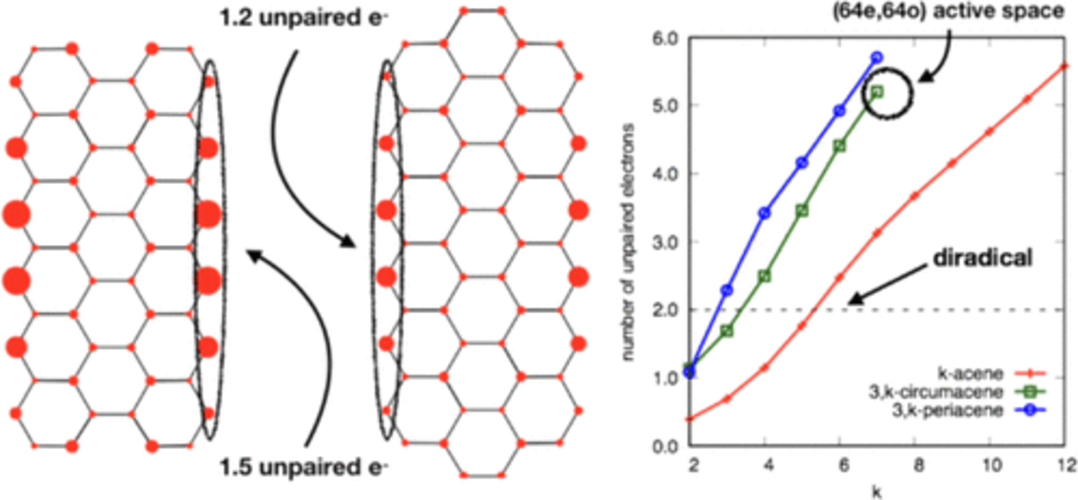
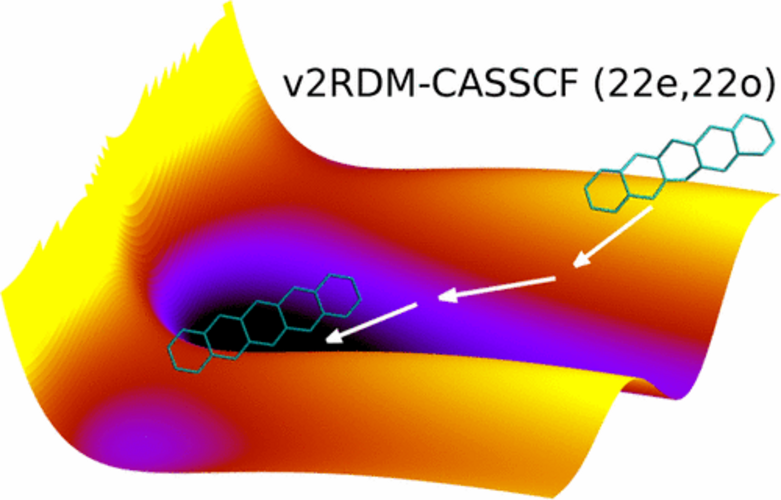
The theory is formulated in terms of reduced density matrices (RDM) instead of wavefunctions. The ground-state electronic energy is the exact functional of the 2-electron RDM. If full \(N\)-representability in 2-RDM is enforced, the variational 2-RDM (v2RDM) approach is equivalent to full CI and is computationally infeasible. Practical approximations use a subset of two- or three-particle \(N\)-representability conditions.
-
v2RDM can be combined with CASSCF, affording much larger active spaces than in the conventional CI-driven CASSCF at polynomial costs.
-
In treating static correlation, v2RDM-driven CASSCF is competitive with the DMRG-based CASSCF. v2RDM methods are less sensitive to the dimensionality of the system than DMRG.
-
Dynamic correlation can be included through pair-DFT and the adiabatic connection.
 Potential energy curves for the symmetric dissociation of water with the cc-pVTZ basis set
Potential energy curves for the symmetric dissociation of water with the cc-pVTZ basis set
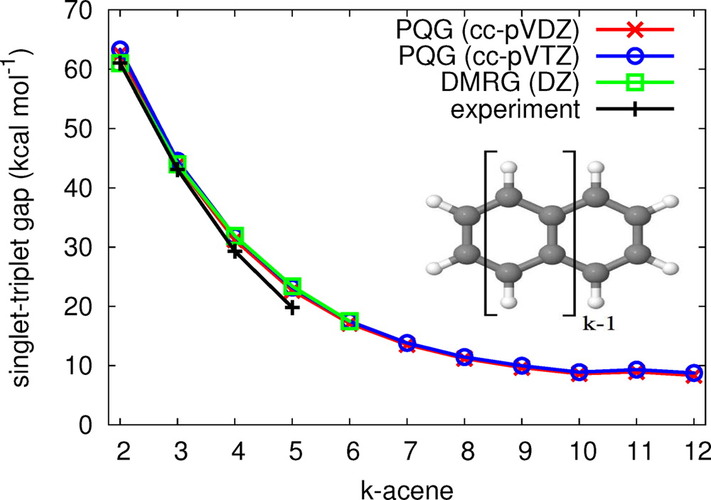 Singlet-triplet gaps in linear polycyclic aromatic hydrocarbons calculated with v2RDM-CASSCF/cc-pVDZ
Singlet-triplet gaps in linear polycyclic aromatic hydrocarbons calculated with v2RDM-CASSCF/cc-pVDZ
Want to try Q-Chem?
